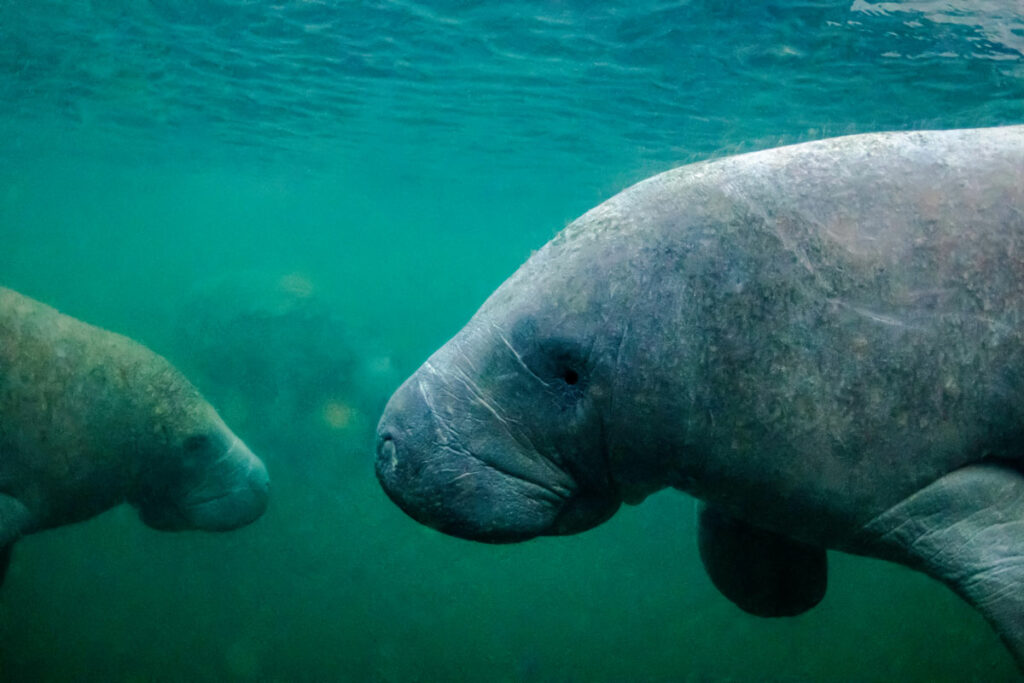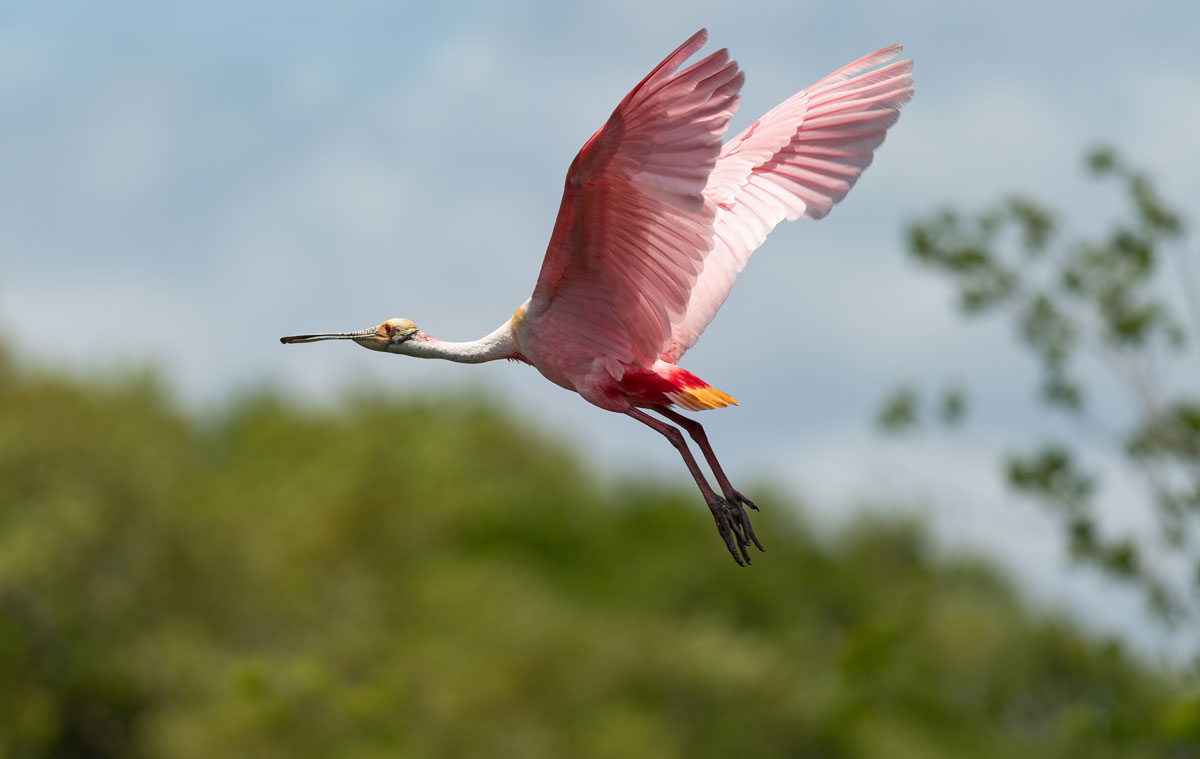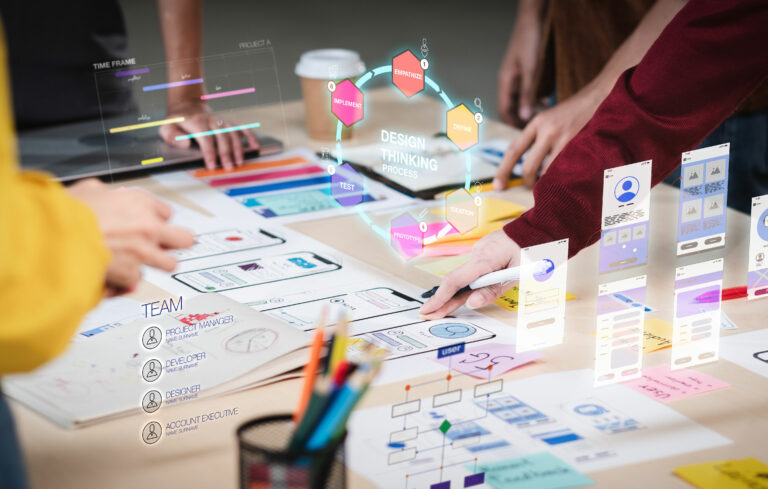Using AI From Algorithms to Articles

Introduction
Florida, with its diverse and fragile ecosystem, faces unique challenges in maintaining its environmental balance amidst growing urbanization and climate change. In this pursuit, Artificial Intelligence (AI) has emerged as a powerful tool, enabling the state to monitor, analyze, and respond to environmental changes with unprecedented precision. From protecting coastal areas to preserving wildlife habitats, AI is revolutionizing environmental conservation in the Sunshine State.
AI-Driven Data Analysis
One of the most significant contributions of AI to environmental conservation in Florida is its ability to process and analyze vast amounts of data. With sensors, satellites, and drones collecting data on everything from water quality to air pollution, AI algorithms can quickly interpret this information, providing insights that were previously unattainable. For instance, AI is used to monitor sea levels, helping predict and mitigate the impacts of rising tides and storm surges along Florida’s extensive coastline.
Ecosystem Monitoring and Biodiversity Preservation
Florida’s rich biodiversity, encompassing unique wetlands, mangroves, and diverse marine life, requires continuous monitoring and protection. AI-powered systems can identify changes in habitats and track the movements of endangered species. By analyzing data from camera traps and acoustic sensors, AI helps researchers understand animal behaviors, migration patterns, and population dynamics, aiding conservation efforts.

Natural Disaster Preparedness and Response
Florida is no stranger to natural disasters, with hurricanes being a significant concern. AI models are employed to predict the paths and intensities of these storms, assisting authorities in making timely evacuation decisions. Moreover, AI-enabled disaster response systems can analyze post-disaster satellite imagery to assess damage and allocate resources effectively, facilitating faster recovery and reducing the impact on both the environment and communities.
Eco-Friendly Urban Planning
As urban areas expand, there’s a growing need for sustainable urban planning that considers environmental impact. AI can simulate and model the effects of urbanization on water resources, air quality, and wildlife habitats. This information guides policymakers and urban planners in making informed decisions that balance development with environmental conservation. AI-powered predictive models can help forecast the ecological consequences of different urbanization scenarios, aiding in designing more eco-friendly cities.
Challenges and Ethical Considerations
While AI presents immense potential for environmental conservation in Florida, challenges persist. Data privacy, security, and biases in AI algorithms are pressing concerns that need to be addressed. Additionally, there’s a need to ensure that the benefits of AI-driven conservation efforts are accessible to all communities, regardless of socio-economic status.

Collaboration and Future Prospects
Florida’s commitment to environmental conservation through AI involves collaboration between government agencies, academic institutions, and tech companies. Partnerships leverage AI’s capabilities to develop innovative solutions for environmental challenges. The Florida AI Alliance, a collaborative initiative, fosters interdisciplinary research and knowledge sharing.
Conclusion
As Florida confronts the complex interplay of urban development, climate change, and conservation, AI emerges as a guiding light. Its capacity to process data, predict environmental trends, and inform decision-making holds tremendous promise for safeguarding Florida’s unique ecosystems. By embracing AI-driven solutions and addressing challenges proactively, the state can pave the way for a harmonious coexistence between nature and progress, setting an inspiring example for environmental conservation efforts worldwide.
By the way, this article was completely written by Artificial Intelligence! This is the first time EVOLVE Communications has done this, but we felt it was important to show our readers what AI can do in the media and publishing industry.










